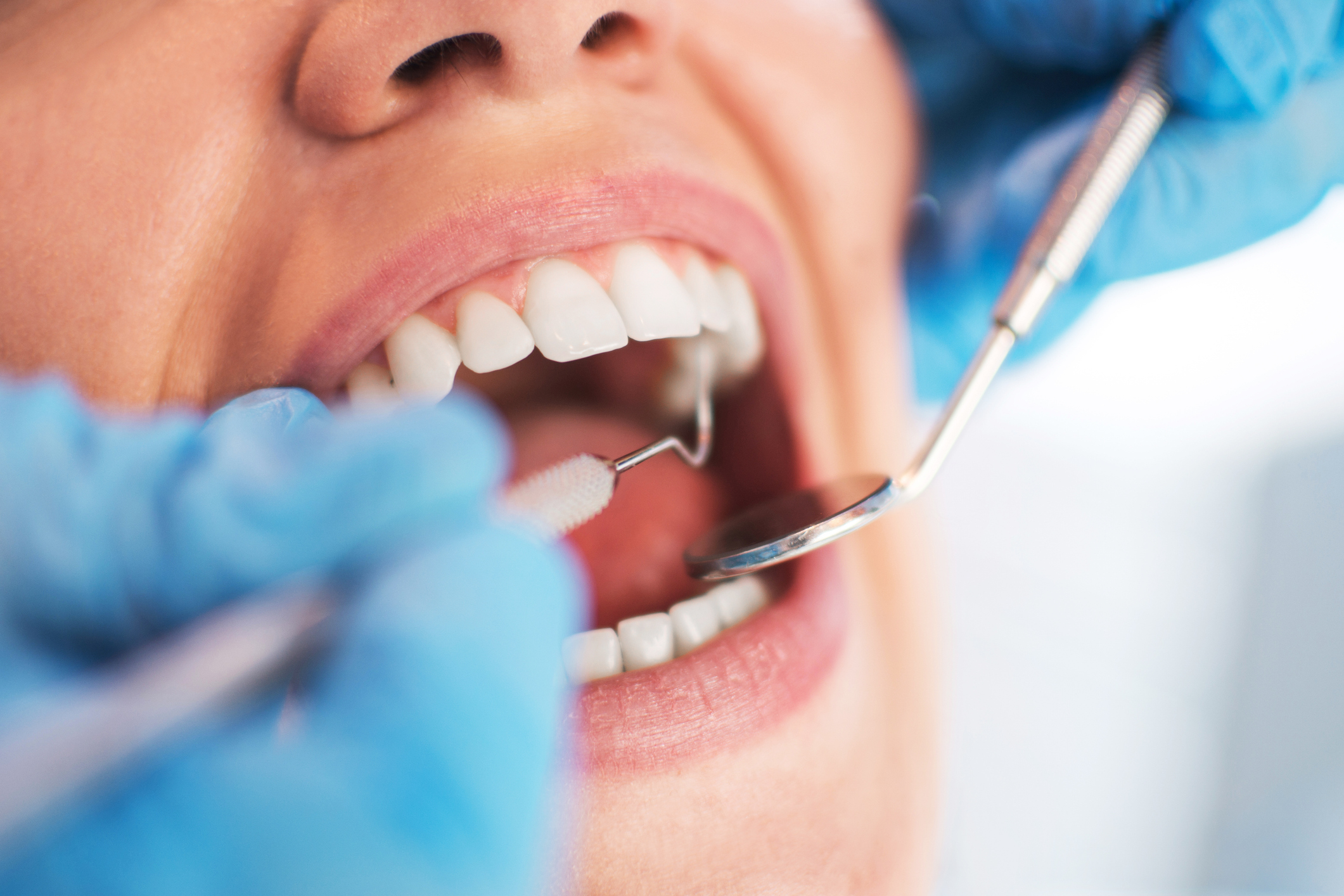Vaping, also known as using e-cigarettes or electronic nicotine delivery systems (ENDS), has become a widely adopted practice, prompting scientists to take a closer look at the potential health impacts. Its rise in popularity may be attributed to its convenient and discreet usability, extensive variety of flavor options, targeted marketing, and the widespread misconception of its safety. Due to the relative novelty of vaping devices, long-term health studies are limited, but current research does not support the idea that they are safe.
The mouth is the first part of the body to come into contact with vaping emissions, making it a key area to study the effects of exposure. The clouds may seem harmless, but each puff contains a complex mixture of chemicals, metals, and ultrafine particles that interact with the body in ways that scientists are only beginning to understand. Recent research has found that vaping can disrupt the balance of bacteria in the mouth, trigger inflammation, and introduce harmful metals and chemicals into saliva. These discoveries have deepened scientific understanding of vaping’s impact on oral health and uncovered biological changes in the mouth that potentially point to broader health outcomes.

